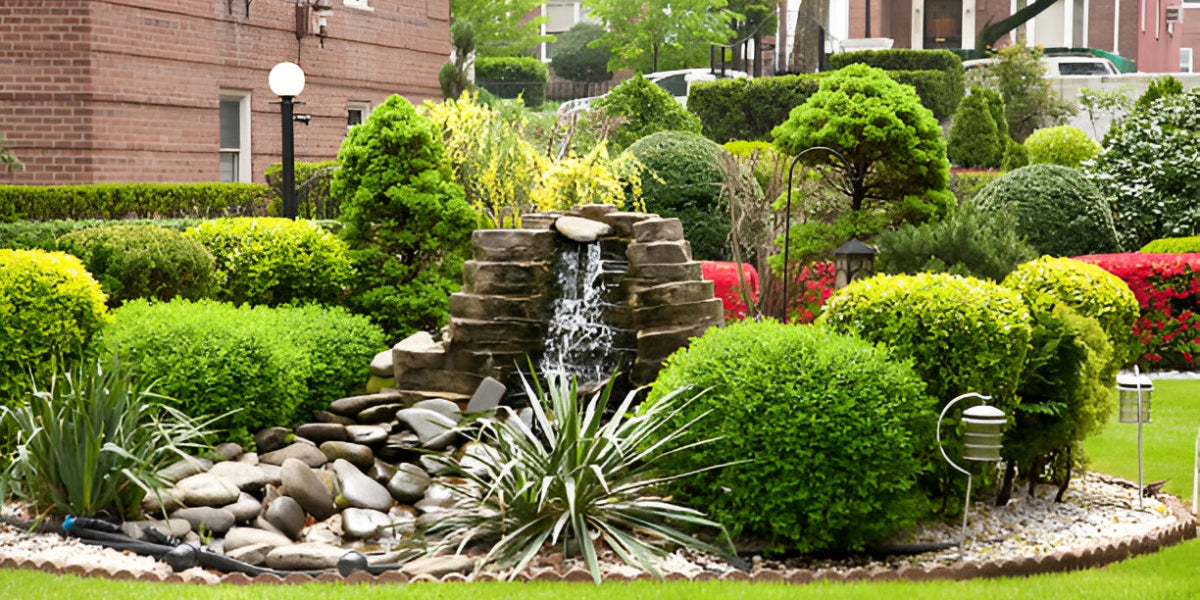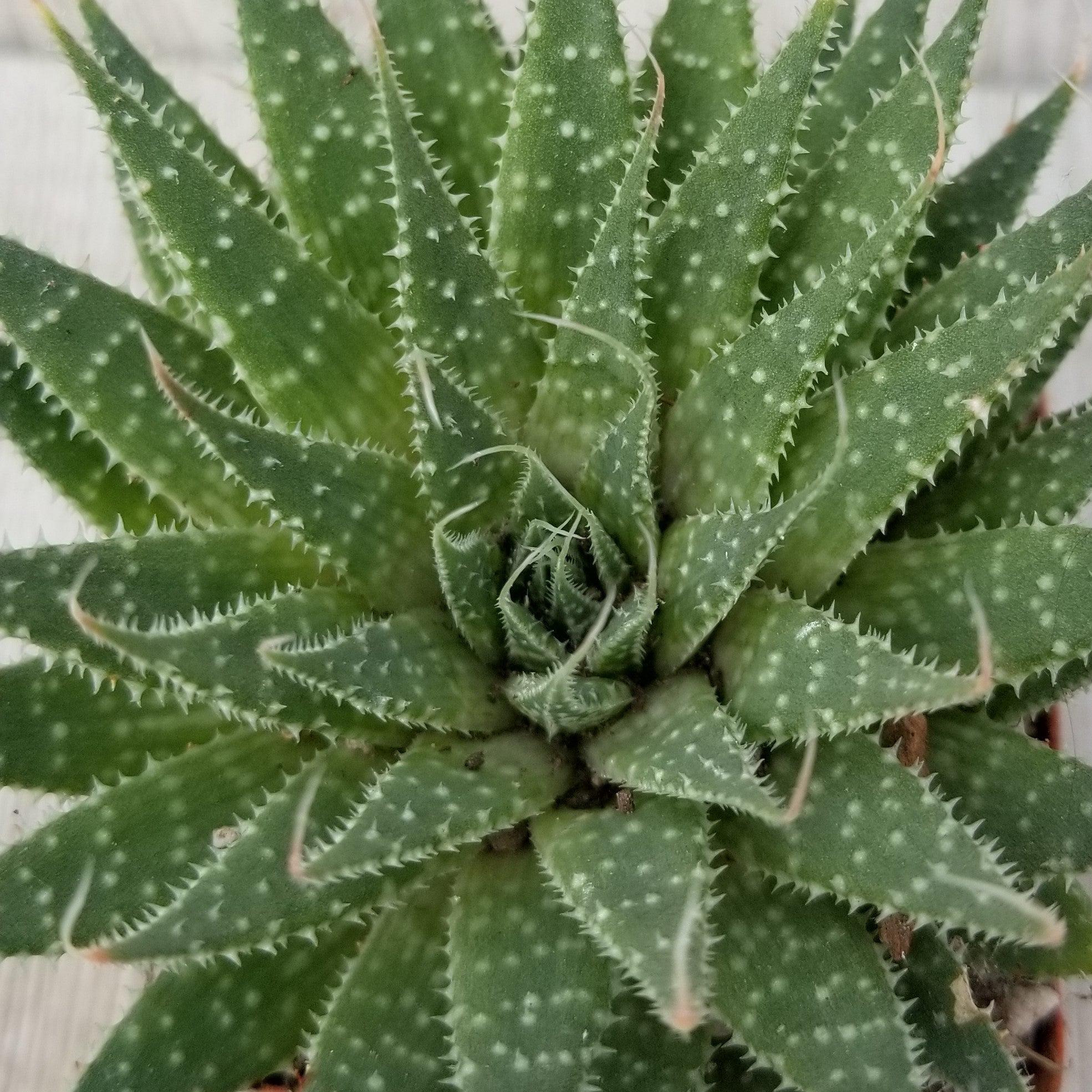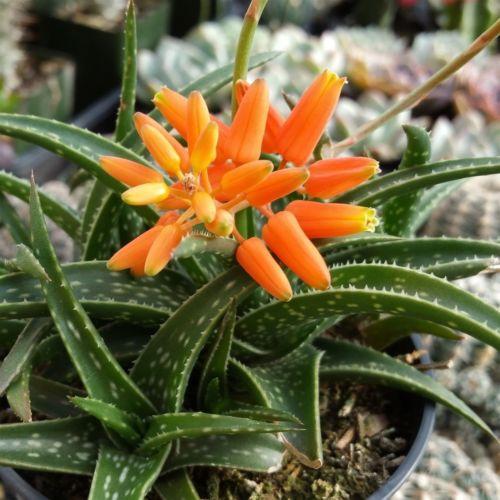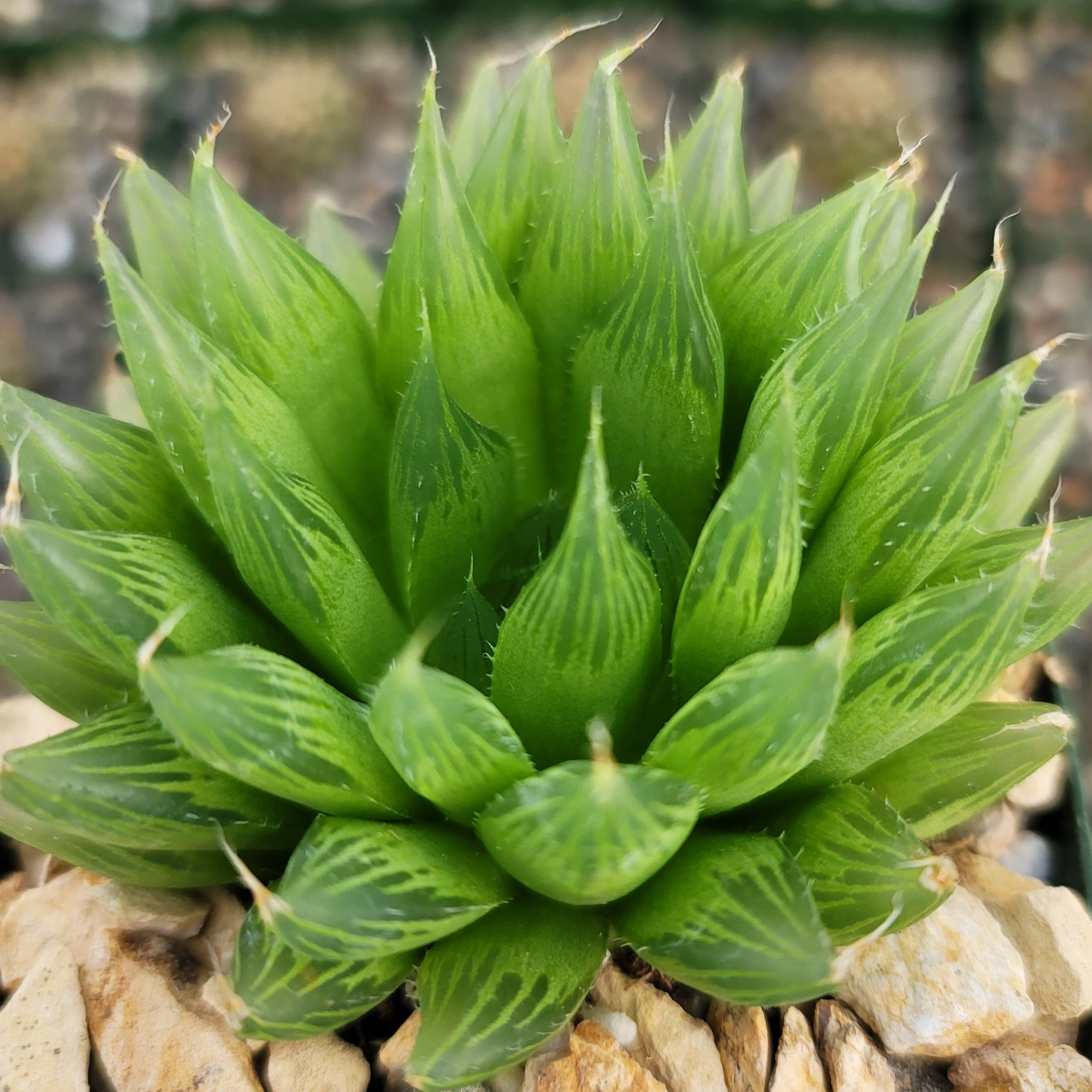Growing Cylindropuntia Cholla
Updated: January 28, 2025

Cylindropuntia cholla is an ardent gardener’s love though its spiny barbs can play havoc if not taken care of. Genus Cylindropuntia is a native to the southwestern parts of the US, mainly Mexico. The Cholla variety is a jointed cactus that belongs to the Opuntia family with its characteristic prickly pears. This cactus is a very common sight in the desert regions of southern America.
Physical Attributes
The Cholla variety is characterized by cylindrical stems that either have a shrubby or a creeping growth. In some cases, these grow as a tree too. There are about 20 types of cholla. The height varies from 1 meter to about 5 meters. The stems grow in segments. Interestingly, this Cylindropuntia cactus is also popularly referred to as the Jumping cholla. This is because the stems easily attach to people or animals passing by. It is as if the stems jump at you every time you touch them or pass very close by.
Essential details about the cholla Cylindropuntia
The primary family of the plant is Cactaceae. It grows well in the hardiness zone of 5 to 11. The flowering season is spring to summer – April to June. This is the time when the cactus is filled with orange, pink, yellow, or green cholla cactus flowers.
The cholla cactus, like a typical cactus, is drought-resistant requiring desert-like soil. There should be grit and sand in the soil making it good for draining water. The soil’s pH could be either acidic or neutral. Also, it needs a lot of full sun.
Guide to Growing the Cholla Cactus
You can pick different cholla cactus varieties from online cactus stores. Planet Desert is one such top-notch cacti and succulent e-store where you can cholla cactus for sale.
Once you receive your package, it is pertinent to take good care of the cactus. Of course, it is not very demanding, making it easier for you to let it grow at its own pace.

When it is time for propagation, you can propagate through stem or pad cuttings. You can also order seeds of the cholla for sale. But seed propagation is a time-consuming process as the growth rate is pretty slow.
If you are growing the cholla in a container, ensure that it has adequate holes at the bottom for drainage. If you live in the northern parts of the US where it snows or the winters are harsh, growing the plant in containers is better than growing in the soil outdoors. This is due to its non-hardy nature in winter. During the cold season, you need to shift the cactus indoors.
Besides the above, take care of the factors mentioned here:
Light
The best way to grow the cactus happily is to give it direct sunlight. The plant needs a lot of sun to thrive. When growing outdoors, ensure that the cholla cactus is planted at a spot that gets six to seven hours of direct sunlight daily. If growing in a planter, bring the planter outside for unfiltered sunlight exposure every day.
If the indoor plant cannot be brought outside, then place the planter facing the south or the west so that the plant receives direct light from the sun.
Soil
To prevent root rot do make sure that the Cylindropuntia cholla is planted in well-draining soil. It should be sandy and loose, typical of the desert. For containers, it is good to use a succulent or cactus soil mix. For the outdoors, mix the natural soil with grit and sand.
The other thing to remember for the cholla cactus is that it should be planted in a container that has enough drainage holes at the bottom. Remember, the soil should be dry most of the time.
Watering
Like all other cacti, this cactus too needs minimal watering. No heavy watering is required. You do not have to frequently water the plant. Space out the watering in a manner that the soil is completely dry in between.
Top Feed
When it comes to fertilizing the Cylindropuntia cholla, you need to be a bit cautious. The cactus naturally does not need any top feed or fertilization. However, if the cactus in your backyard or indoors is not exhibiting healthy growth, you can give it fertilizers once in a while, but not regularly. Once a month between spring to late summer is ideal.
Temperature
Expose the plant to as many warm and dry conditions as possible. That is its natural ecosystem and recreating the same in your garden will help it thrive best. Some types of cholla cactus family are highly tolerant towards cold, withstanding as low as -5°F easily. However, most of the family members are not as tolerant. Hence it is best not to expose your cholla cactus to lower temperatures.
Types of cholla Cactus
As mentioned above there are 20+ species of this cactus type. Some of the common ones easily available online are:
- Cylindropuntia echinocarpa or Silver cholla
- Cylindropuntia bigelovii or Teddy bear cholla
- Cylindropuntia acanthocarpa or Buckhorn cholla
- Cylindropuntia California or California cholla
FAQs
1. How to propagate the cholla cactus?
Cholla is best propagated from stem or pad cuttings. These are the steps to propagate the cactus:
- Use a clean and sharp pair of gardening scissors to cut a stem or a pad from the plant’s top.
- This cut part should be left to dry for at least 24 hours.
- Prepare a pot and fill it with the typical cactus potting mix. The pot should have enough drainage holes. The best is to use terracotta containers.
- The cut edge should be pressed deep into the soil so much so that the stem cutting should be able to support itself.
- Ensure that the pot and the fresh-cut stem receive abundant sunlight.
- Water only to moist the soil. Let the soil dry out completely to re-water.
- After about 25-30 days, roots will start to grow.
2. What are the common diseases or issues affecting the Cylindropuntia cholla?
Mealybugs can cause issues; so, the best is to watch out for the same. Spray or rub alcohol on the area to remove the affliction.
Other issues that can crop up are:
- Mushy stems – indicates that the roots are rotting. Take a pair of scissors and cut the stem part where the rot has appeared.
- Drooping stems – it could mean that your plant is not getting enough water. It could also indicate a mealybug infestation or varying temperature conditions. Propagate the healthy stems immediately to save a part of the plant.
- Shriveled stems – this is a sure-shot sign of the plant suffering from underwatering. Give it a good watering and if the plant still does look happy, propagate the healthy stems to save a part of the plant.

























